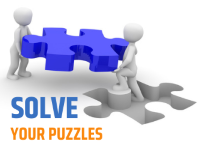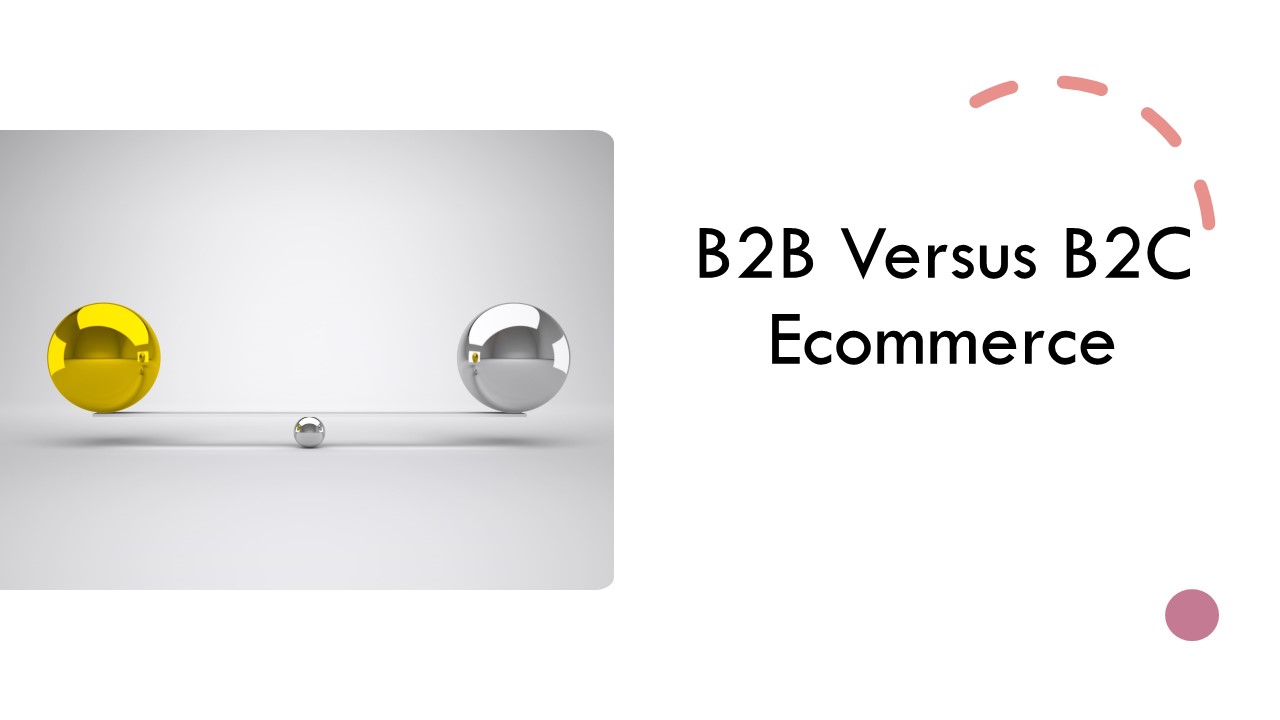While both B2B and B2C ecommerce involve online transactions, the similarities stop there. Venturing into either arena requires understanding their distinct nuances, for what works in one realm can flounder in the other. Fear not, intrepid entrepreneurs! This article explores the 5 key differentiators between B2B and B2C ecommerce, paving the path for informed online success.
1. Courting Customers: Different Strokes for Different Folks
B2B: Imagine a complex waltz instead of a carefree salsa. B2B transactions often involve multiple decision-makers within a buying committee, each with their own priorities. Building trust and fostering long-term relationships is paramount. Think detailed product specs, account-specific pricing, and personalized quotes.
B2C: It’s all about instant gratification. Impulse purchases reign supreme, fueled by emotional connections and intuitive experiences. High-quality product images, concise descriptions, and seamless mobile interfaces are your secret weapons.
2. From Checkout to Cash Flow: A Matter of Means
B2B: Credit cards rarely cut it here. Purchase orders, net terms, and invoicing solutions are the norm, catering to longer payment cycles and bulk transactions. Automation and robust order management systems are key to streamline complex workflows.
B2C: Speed and convenience are king. One-click payments, multiple online wallets, and secure guest checkout options rule the roost. Frictionless transactions boost conversion rates and keep customers coming back for more.
3. Products on Parade: Unveiling the Offerings
B2B: Complexity takes center stage. Think customizable options, technical specifications, and detailed white papers. Interactive tools like configurators and product comparisons empower informed decision-making.
B2C: Emotion reigns supreme. High-quality visuals, captivating storytelling, and social proof (think reviews and influencer endorsements) drive the narrative. Focus on showcasing product benefits and lifestyle aspirations.
4. Finding Your Tribe: Where the Magic Happens
B2B: Targeted B2B platforms, industry events, and niche online communities are your hunting grounds. Content marketing tailored to specific pain points attracts qualified leads, while personalized outreach cultivates relationships.
B2C: Cast your net wide on social media, search engines, and influencer collaborations. Eye-catching visuals and engaging content are your bait, while data-driven targeting ensures your message reaches the right eyes.
5. Building Bridges: Nurturing the Relationship
B2B: Communication is key. Regular touchpoints through email, webinars, and dedicated account managers maintain momentum and address evolving needs. Fostering a sense of partnership is crucial for long-term success.
B2C: Delight and surprise! Personalized recommendations, loyalty programs, and exclusive offers keep customers engaged. Building an emotional connection through brand storytelling fosters brand advocacy and repeat purchases.
Conquering the Divide: A World of Opportunity Awaits
Understanding these key differentiators is the first step to mastering the art of B2B and B2C ecommerce. Embrace the distinct needs of each audience, tailor your approach accordingly, and watch your online empire flourish. Remember, the internet is your canvas, so paint a masterpiece that resonates with your unique customers. Good luck!

